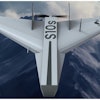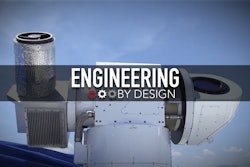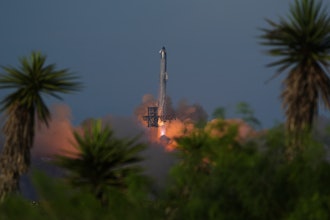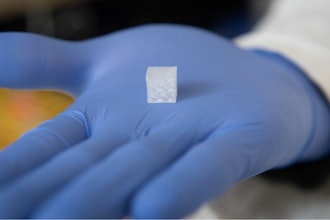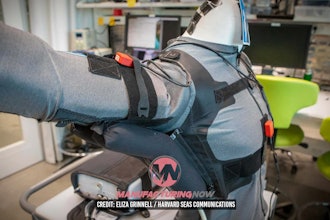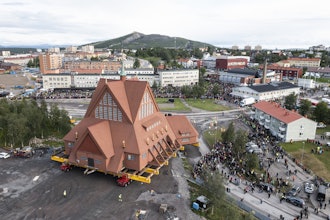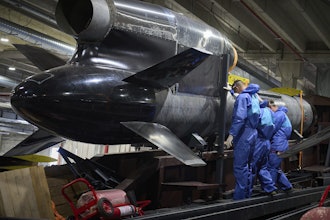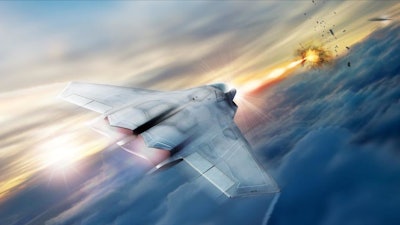
The Air Force Research Lab (AFRL) has awarded Lockheed Martin $26.3 million for the design, development and production of a high power fiber laser. AFRL plans to test the laser on a tactical fighter jet by 2021.
The contract is part of AFRL's Self-protect High Energy Laser Demonstrator (SHiELD) program, and is a major step forward in the maturation of protective airborne laser systems.
The SHiELD program includes three subsystems:
- SHiELD Turret Research in Aero Effects (STRAFE), the beam control system, which will direct the laser onto the target
- Laser Pod Research & Development (LPRD), the pod mounted on the tactical fighter jet, which will power and cool the laser
- Laser Advancements for Next-generation Compact Environments (LANCE), the high energy laser itself, which can be trained on adversary targets to disable them
LANCE is designed to operate in a compact environment, and as such, the Lockheed Martin team focused on developing a compact, high efficiency laser within challenging size, weight and power constraints.
"Earlier this year, we delivered a 60 kW-class laser to be installed on a U.S. Army ground vehicle. It's a completely new and different challenge to get a laser system into a smaller, airborne test platform. It's exciting to see this technology mature enough to embed in an aircraft," said Dr. Rob Afzal, senior fellow of laser weapon systems at Lockheed Martin. "The development of high power laser systems like SHiELD show laser weapon system technologies are becoming real. The technologies are ready to be produced, tested and deployed on aircraft, ground vehicles and ships."
Lockheed Martin has more than 40 years of experience developing laser weapon systems. The LANCE contract leverages technology building blocks from internal research and development projects, including the ATHENA system and ALADIN laser, as well as contract experience gained from programs such as the U.S. Army's Robust Electric Laser Initiative (RELI) program.

